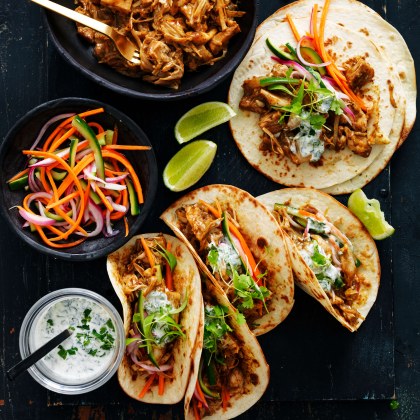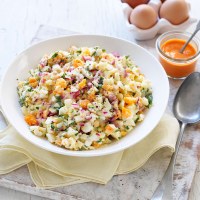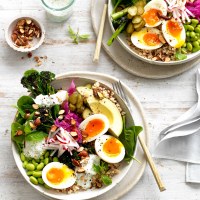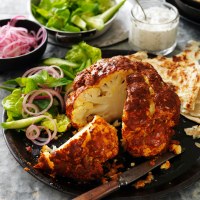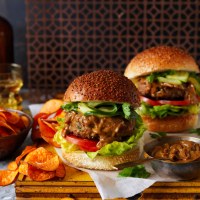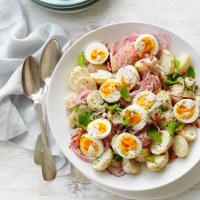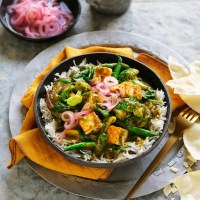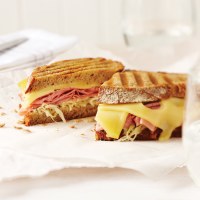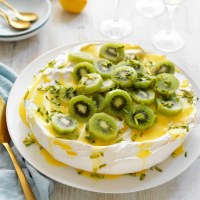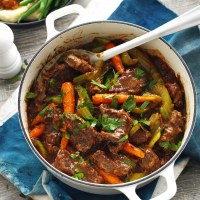How to make a quick pickle
Quick pickles are sometimes referred to as refrigerator pickles. They're made by simply adding vegetables to a mixture of vinegar, water, salt and sugar. Think of the shredded carrot and radish pickles in banh mi, or tangy rounds of red onion in a burger.
This method does not require sterilising as they're used almost straight away or stored in the refrigerator for a short amount of time, unlike traditional pickles which can keep for years in the pantry. Quick pickling is the perfect way to add some crunch and tang to your meals, and a good way to use up leftover veggies.
How to make a 10 minute pickle
For an almost instant pickle, mix 2 teaspoons salt, 2 teaspoons sugar and 2 tablespoons vinegar together. White, white wine, apple cider or even rice vinegar will work. Finely shred vegetables such as carrots, radish, cucumber or onion. A fine shred lets the pickle flavour penetrate the vegetables more in a short amount of time. Let sit for 10 minutes, then drain before using.
This type of pickle is great when you're short on time. Try using it on burgers and sandwiches, in salads or with barbecued or roasted meats.
Easy quick pickle method
To get a more intense flavour that penetrates the vegetables, try this 48 hour pickle:
- Wash jars in warm soapy water and rinse well. Allow to air dry.
- Wash, peel and trim vegetables. Vegetables such as radish, cucumber, carrot, green beans, asparagus and cabbage are perfect for this. Blanch green vegetables such as green beans or asparagus in boiling water for 2 minutes and transfer into an ice bath to stop the cooking process. Blanching them will help them keep a vibrant green colour.
- Add flavouring to your jars followed by the vegetables. Make sure to leave a space of around 2cm around the top of the jar so that the brine can cover completely. Customise the flavour with herbs and spices such as dill, rosemary, peppercorns, mustard seeds or fresh ginger, garlic and chilli.
- For your pickling brine, combine equal parts water and vinegar. For every cup of water, add 1 tablespoon each of salt and sugar. White, white wine or apple cider vinegar will all work. Avoid dark vinegars such as balsamic. Bring the brine to a boil and stir until sugar and salt have dissolved. This should only take a few minutes. Pour over the vegetables, filling the jar to cover the vegetables. Gently tap the jars on the benchtop to remove any air bubbles. Add more brine if necessary.
- Screw on the lids and cool to room temperature before refrigerating. It is best eaten after 48 hours.
Quick pickles will not have exactly the same traditional flavours developed from pickles that have undergone a long fermentation, but they will be a crunchy, tangy and fresh addition to any meal, with no special canning equipment required.
How long can you store quick pickles?
They will keep refrigerated for about two to three weeks.
More recipes to serve with quick pickles
Discover plenty of recipes below with quick pickles, from Asian-inspired tacos to classic potato salad.

